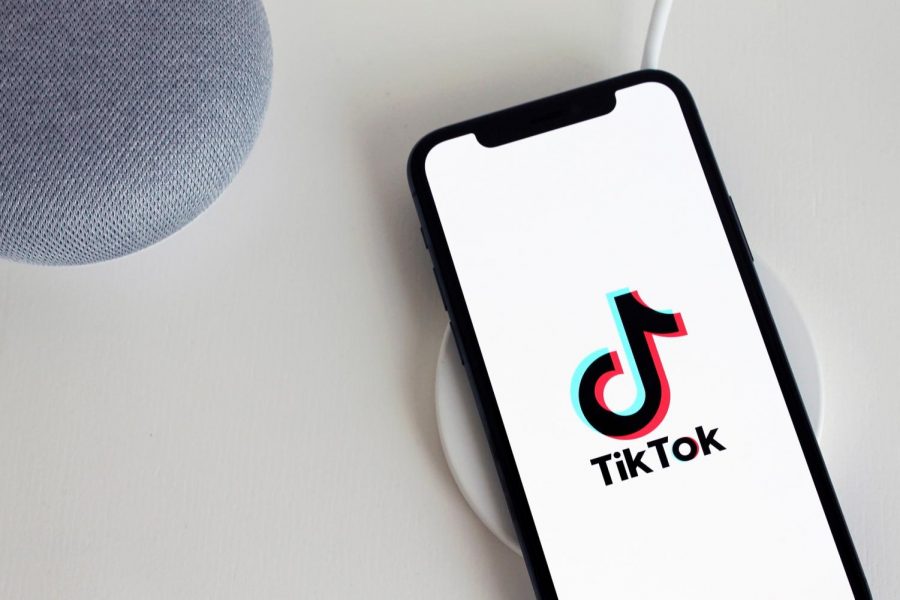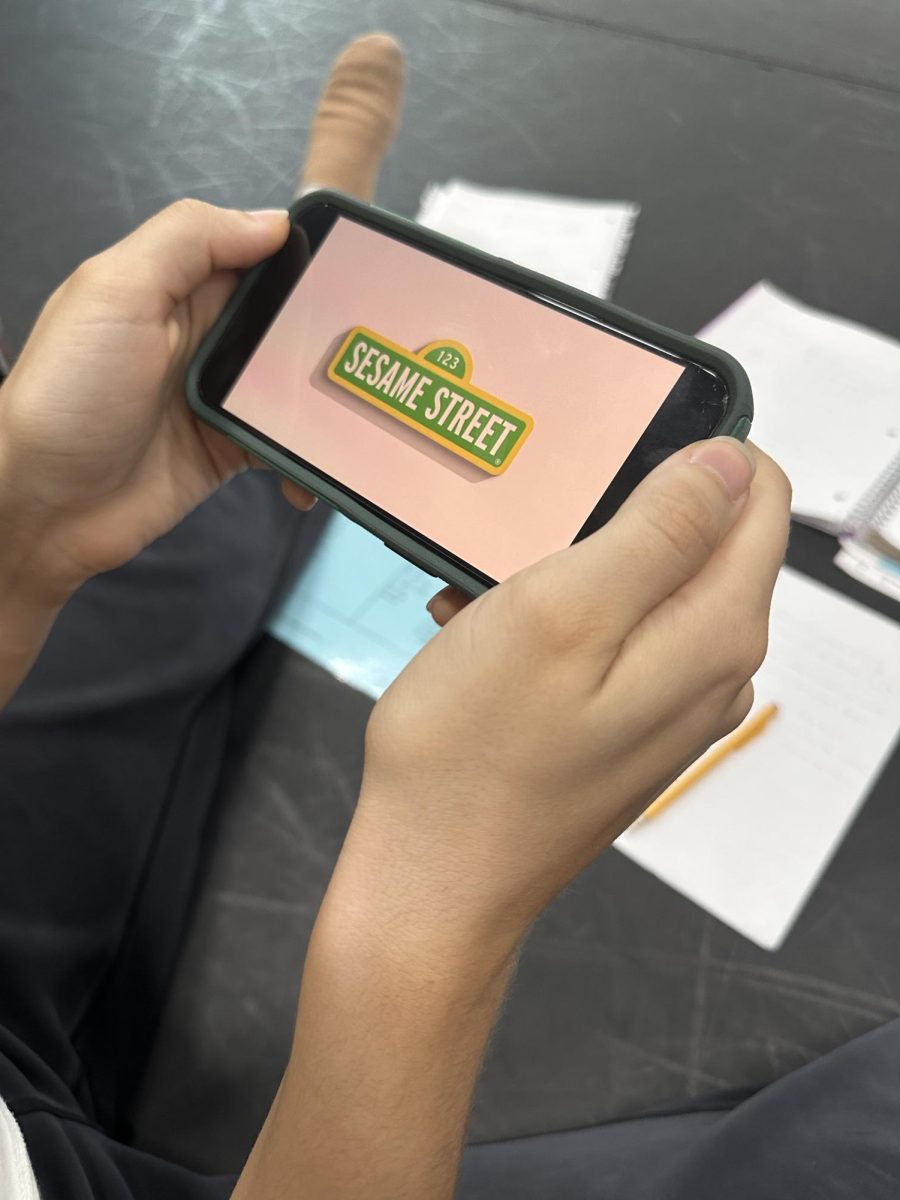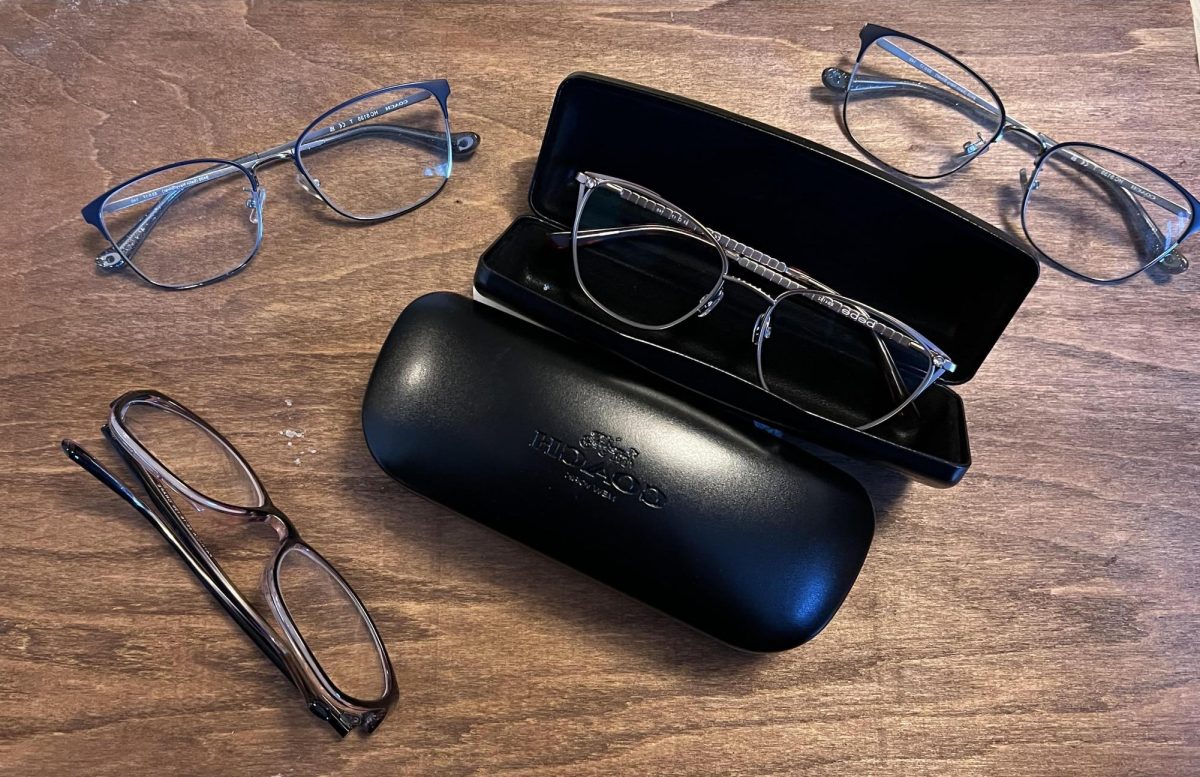Tik Tok, the phenomenon which has gained unprecedented popularity among teenagers, was recently revealed to have been blocking videos by certain types of users from being shown on the For You Page of the app.
The “For You Page” is the homepage of each Tik Tok user; this page is full of videos which moderators select for the users to see. The criteria for what makes a video wind up on this page was pure speculation until a few weeks ago, when documents from inside the company were uncovered.
Tik Tok has said that the guidelines within these leaked documents are no longer in use, but sources within the company have said they were utilized up until at least late 2019.
The first document explicitly tells moderators to block videos from the For You Page that feature people with any of the following: “Abnormal belly shape, chubby,…beer belly, obsese or too thin (not limited to: dwarf, acromegaly). Ugly facial looks (not limited to: disformatted face, fangs, lack of front teeth, senior people with too many wrinkles, obvious facial scars) or facial deformities (not limited to: eye disorders, crooked mouth disease and other disabilities).”
It continued on to give more criteria for suppressing videos, this time in relation to the background. Any videos shot in “slums, rural areas…dilapidated housing” were to be prevented from reaching the eyes of app-users on the For You Page.
In defense of the document, Tik Tok spokesperson Josh Gartner said that it was “an early blunt attempt at preventing bullying,” but the document itself says otherwise. The rationale for this seemingly discriminatory blockage criteria, as stated in the obtained document, is that videos containing these things would be “much less attractive” and “less fancy and appealing.”
An additional document acquired from Tik Tok by Netzpolitik, a German news site, outlines another group of people which moderators were instructed to block: those with disabilities. According to the document, users with facial disfigurements, autism, or down syndrome were to have their videos kept from large exposure. This specific document does list trying to prevent cyberbullying as its rationale for this guideline, but those who advocate for people with disabilities say what the document calls for is pointless censorship.
Constantin Grosch of Ability Watch, a German organization advocating for disability representation, called the regulation “overriding and exclusionary,” continuing on to say that “the visibility of disabled people is deliberately reduced out of misunderstanding [sic]” by this guideline.
Although the guidelines are now supposedly out of use, many users still believe Tik Tok has a ways to go before it can redeem itself and become a truly diverse platform.















